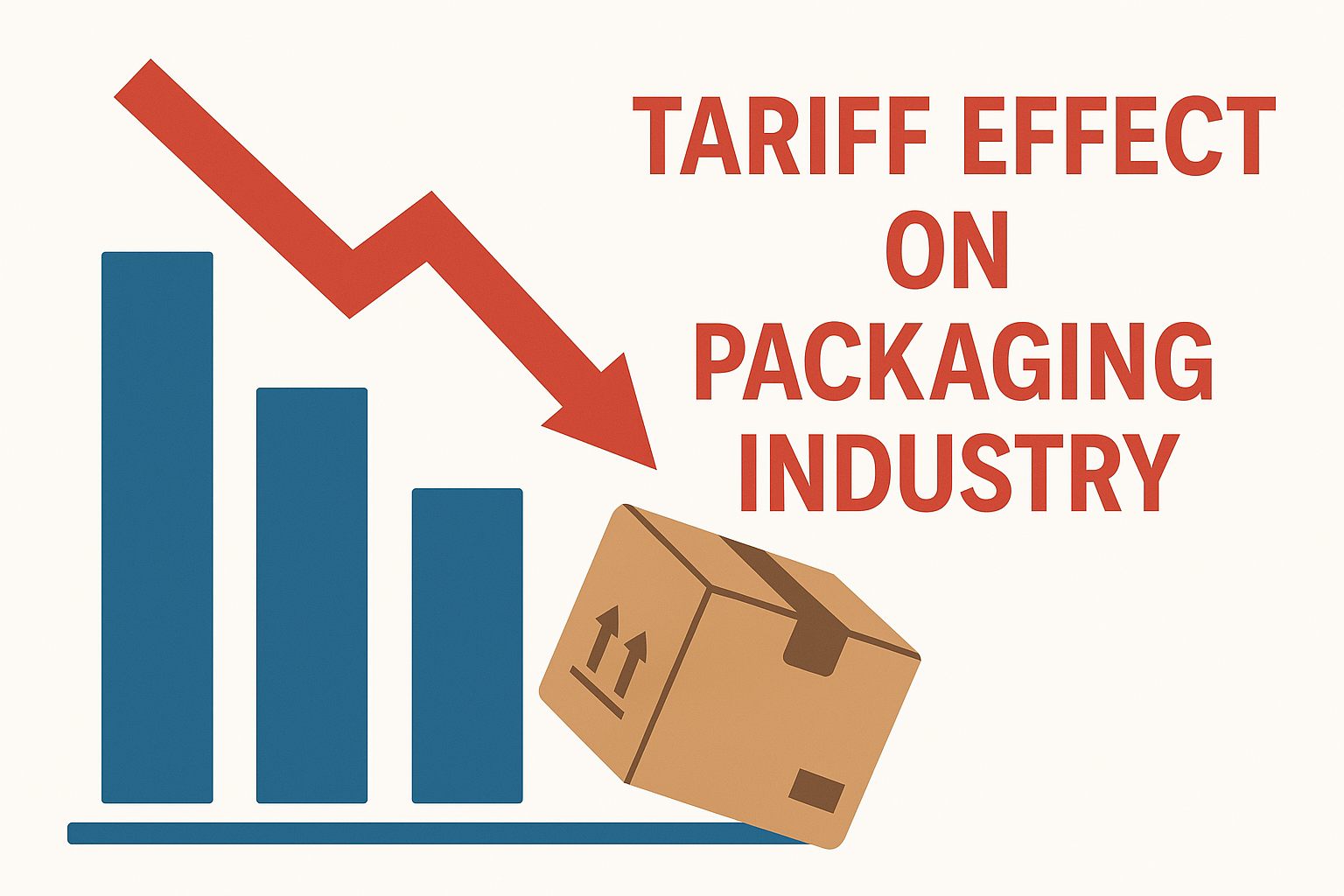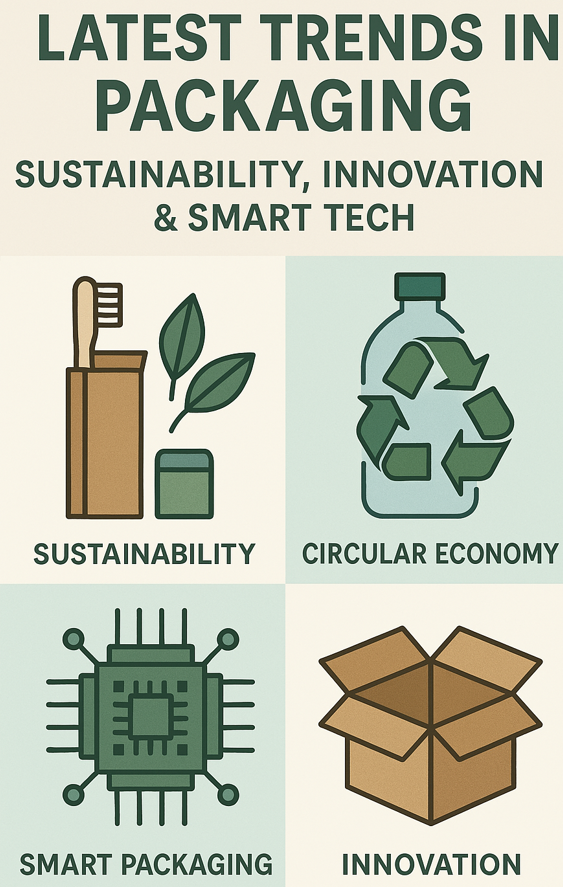
The Trump administration’s sweeping tariffs—imposed on countries across the globe under the guise of national security and trade imbalance correction—left a lasting impact on multiple industries. One of the most overlooked yet deeply affected sectors was packaging manufacturing. From raw material sourcing to finished product distribution, the ripple effects were far-reaching.
1. Raw Material Costs Skyrocketed
The tariffs targeted a range of imports, including aluminum and steel—two vital materials used in rigid packaging, cans, closures, and specialty films. With these tariffs in place:
-
Domestic prices for metals surged due to reduced foreign competition.
-
Packaging manufacturers relying on imported raw materials faced higher input costs, directly affecting profitability.
-
Flexible packaging, which relies on multilayer structures including PET, PE, and aluminum foils, also saw inflated costs.
2. Supply Chain Disruptions and Re-routing
Tariffs on countries like China, Canada, Mexico, and the EU triggered supply chain reconfigurations. Many packaging players had to:
-
Shift suppliers to tariff-exempt regions, often at the cost of quality or reliability.
-
Face longer lead times, logistics issues, and increased working capital requirements.
-
Cope with bottlenecks in key inputs like resins, films, and pigments.
3. Demand Volatility & Usage Trends Shifted
Rising costs forced FMCG brands to rethink packaging design and opt for minimalistic or downgauged options. Some key outcomes:
-
Lightweighting and mono-material structures gained momentum to cut costs and support recyclability.
-
Increased pressure on packaging converters to innovate while staying cost-competitive.
-
Packaging usage patterns shifted towards regional sourcing to minimize cost variability.
4. Global Trade Became Less Predictable
The unpredictability of trade policy created uncertainty in long-term planning. Multinational companies hesitated on capital investments in packaging infrastructure, opting instead for short-term strategies to remain agile.
-
Export-oriented manufacturers in Asia, especially China and India, saw declining orders from U.S. clients.
-
U.S.-based packaging players struggled with competitive pricing against foreign rivals facing retaliatory tariffs.
In packaging, trade policy isn’t just macroeconomics—it’s material science, design, and delivery.






